Digital transformation encompasses more than just digitization or digitalization; it addresses all aspects of a business. According to Upwork, digitization helps businesses save time and cost and create business opportunities.

If you want to digitize the customer experience or your whole business process to accelerate your growth, you found the right article! Read on to learn how you can digitize business processes.
Check Harvard Business Review to learn the difference between digitizing and digital transformation.
Do You Need Business Process Digitization?
Yes, you need business process digitization to be more efficient, competitive, and scalable. Before digitizing, evaluate your processes, identify pain points, set clear goals, consider costs and training needs, and ensure alignment with your company’s strategy.
These are the reasons why you need business process digitization:
1. Transparency and Easy Access to Information
Cloud-stored information makes it easy to keep everyone informed. Team members’ quick access not only keeps business flowing but also ensures a reliable source of truth.
For instance, if a customer asks about a return, a quick check in the internal Wiki provides accurate information, saving time and avoiding potential inaccuracies. Digitized data allows for instant sharing.
2. Boosting Progress
When your team spends less time searching for documents and researching tasks, they can accomplish more work. This also helps them foster team connections and focus on their mission and strategic objectives.
In simple terms, embracing digital solutions modernizes your processes and propels your business growth, allowing your team to thrive.
3. Cutting Operational Expenses
Think back to the days of getting a car insurance quote – phone calls, manual processes, and significant expenses for your business. Today, online quotes powered by algorithms eliminate human intervention, drastically reducing operational costs and increasing customer conversion rates.
Through process digitization, extend this efficiency to your entire business. Minimize costs, maximize efficiency, and reduce errors for a streamlined and practical approach.
4. Staying Compliant
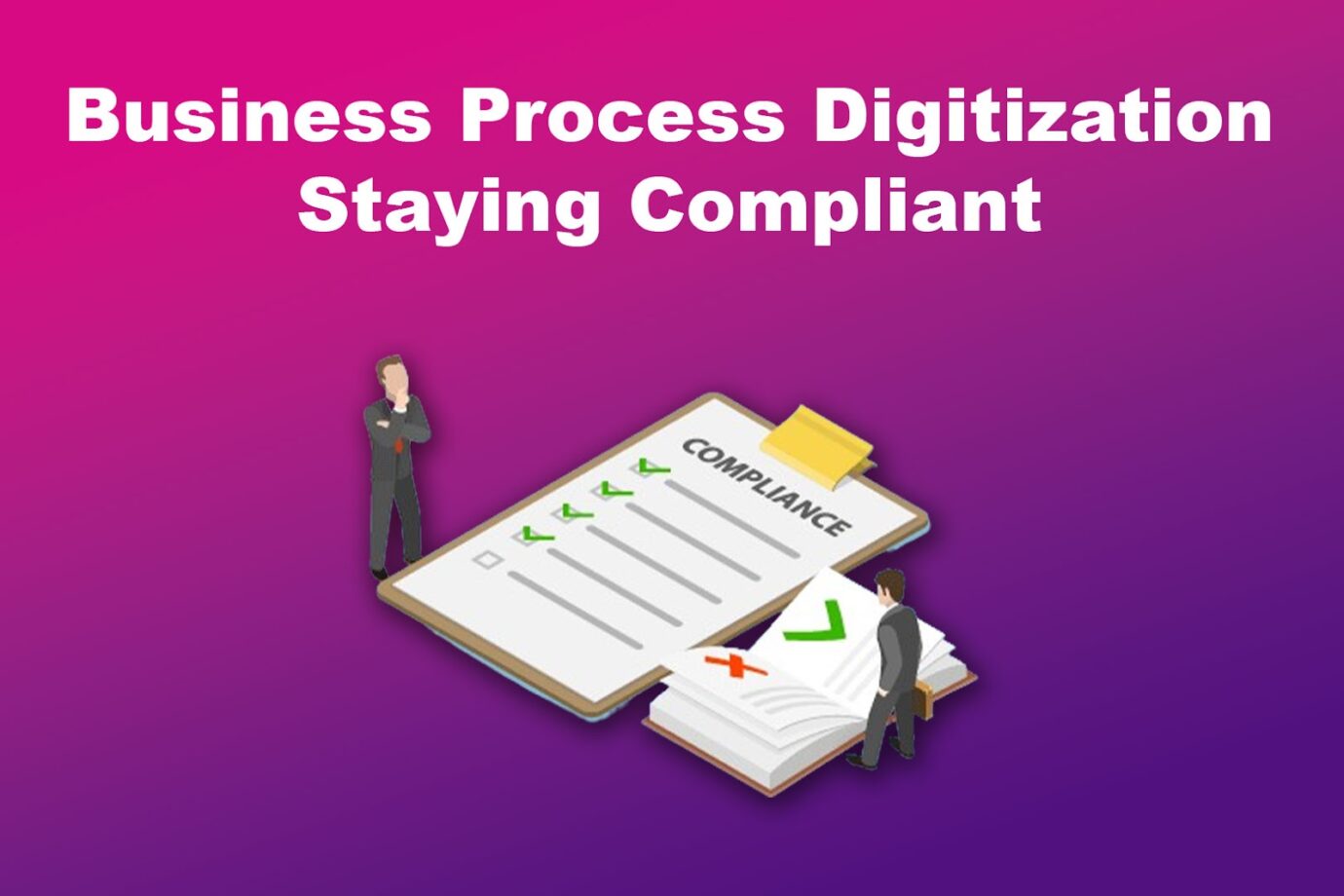
Whether it’s your internal do’s and don’ts or the official rulebook, going digital with processes and keeping tabs on the paperwork ensures you’re hitting compliance and safety marks on time.
It’s vital to choose a tool that gives you a neat, automatically logged record of every move, keeping an eye on compliance without breaking a sweat.
5. Embracing Remote Work
In our modern era, working from anywhere is not just a trend; it’s the new norm. Remote work allows businesses to tap into top-notch talent globally while saving on expenses like office rent.
The catch is that your business needs to be fully digitalized to welcome remote team members with open arms. Every task should find its online twin. This involves supporting video calls, digital task trackers, cloud storage, online HR systems, instant messaging, and more.
Read more about the benefits of digitalization in business on LinkedIn.
How Does Digitization Affect the Business Process?
Digitization affects the business process by enhancing efficiency, reducing costs through automation, and providing real-time insights. It fosters flexibility, elevates customer experiences, and promotes team collaboration. However, over-digitalization can lead to excessive reliance on digital processes.
Successful digital transformation requires careful planning and overcoming challenges such as cybersecurity risks, employee training, and resistance to change. Creating and executing a comprehensive plan is essential for businesses to thrive in the digital age.
Furthermore, while digitalization enables innovation, maintaining focus and attention has made it more difficult, ultimately impacting productivity.
What Is an Example Process Digitization?
An example of process digitization involves automating the handling of invoices within a finance department. The digital system automatically routes the invoice for approval based on predefined rules, eliminating the need for physical paperwork.
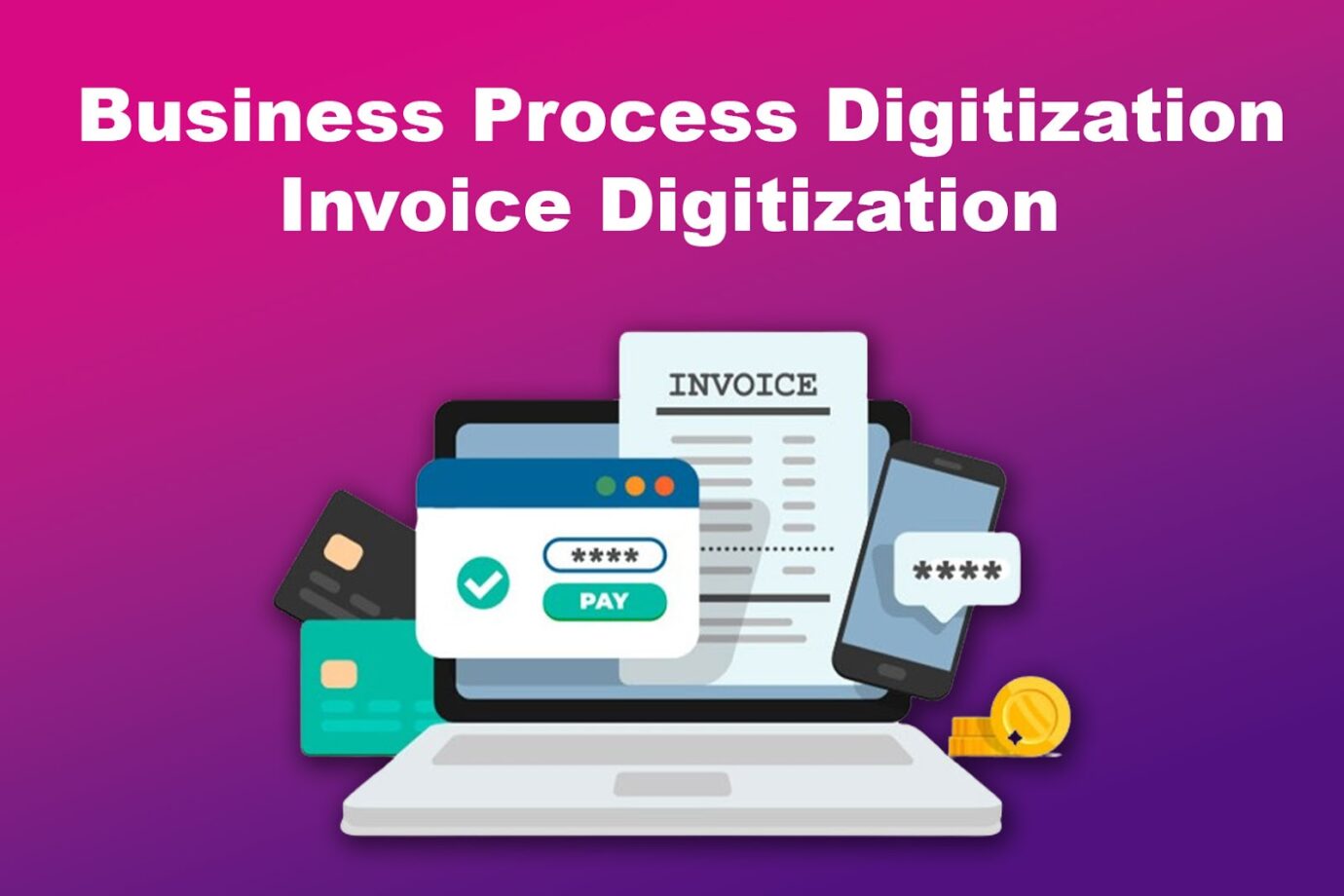
Authorized personnel can access and approve invoices through an online platform, providing real-time visibility into the approval workflow. Traditionally, manual tasks like sorting, data entry, and approval routing are replaced with digital processes.
Invoices are digitally captured upon receipt, and OCR software extracts relevant data.
Digitization speeds up processing, reduces errors, improves accuracy in financial records, and increases efficiency; plus provides a clear audit trail for tracking and reporting.
Other examples of information that undergo process digitization include:
- Written Content.
This includes books, articles, and contracts. - Video Content.
Examples of this include movies, TV shows, and webcam footage. - Numeric Data.
This includes data from sensors, financial information, and weather data. - Barcodes and QR Codes.
Scanning barcodes and quick response (QR) codes can be converted into a digital format, making them machine-readable. - Visual Content.
This includes photographs, artwork, and medical images. - Auditory Content.
Examples of this are music, speeches, and interviews.
How to Digitize Processes in Your Business?
These are the steps to digitize processes in your business:
Step 1: Analyze and Prepare Your Data
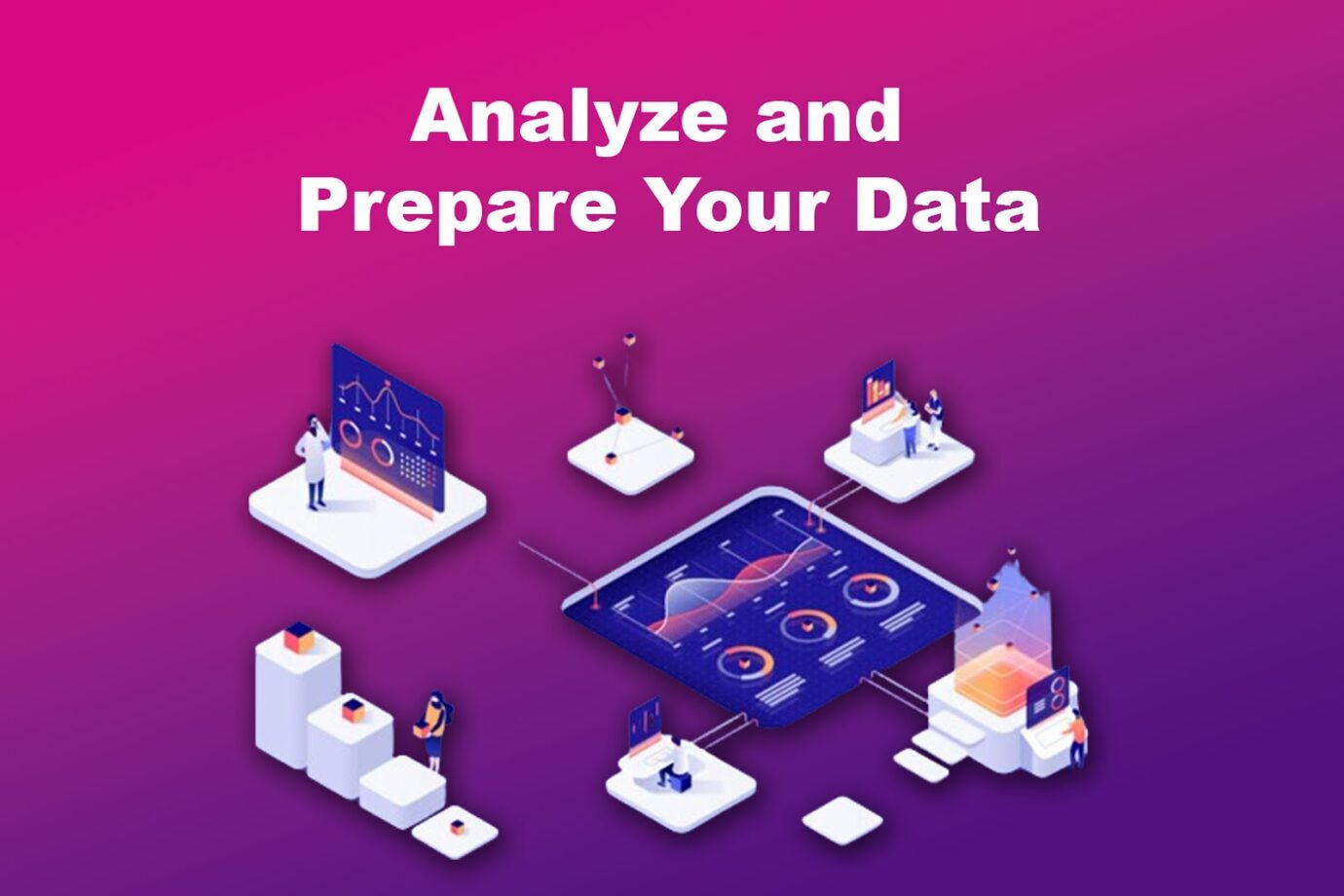
Before proceeding, it’s crucial to plan and get ready thoroughly. This initial phase includes outlining goals, establishing a budget, preparing scanned documents for digitization, eliminating unnecessary data or unwanted papers, and setting a timeline.
It also involves considering legal and ethical issues and planning for metadata. This stage consists of enhancing images and removing clips, pins, and other elements to complete the transition to paperless data.
In this step, you should recognize crucial business processes that could gain from digitization, concentrating on manual, repetitive tasks or needing efficiency enhancements.
You should also clearly articulate your aims and objectives for the digitalization effort. Well-defined goals provide direction for the initiative, whether it’s about boosting efficiency, cutting costs, enriching customer experience, or ensuring regulatory compliance.
Step 2: Centralize Information
Your business should have a single source of truth. Remember that not all data needs to be digitized, so it’s important to prioritize which data should be digitized first.
When digitizing data, prioritize valuable and significant data, considering factors such as historical importance. Assess and address risks related to data deterioration. Align the digitization effort with users’ and stakeholders’ needs, focusing on data that meets their goals.
Allocate resources based on priority and importance and secure the tools and team for the digitization project, including cloud servers and scanners.
Step 3: Standardize the Process
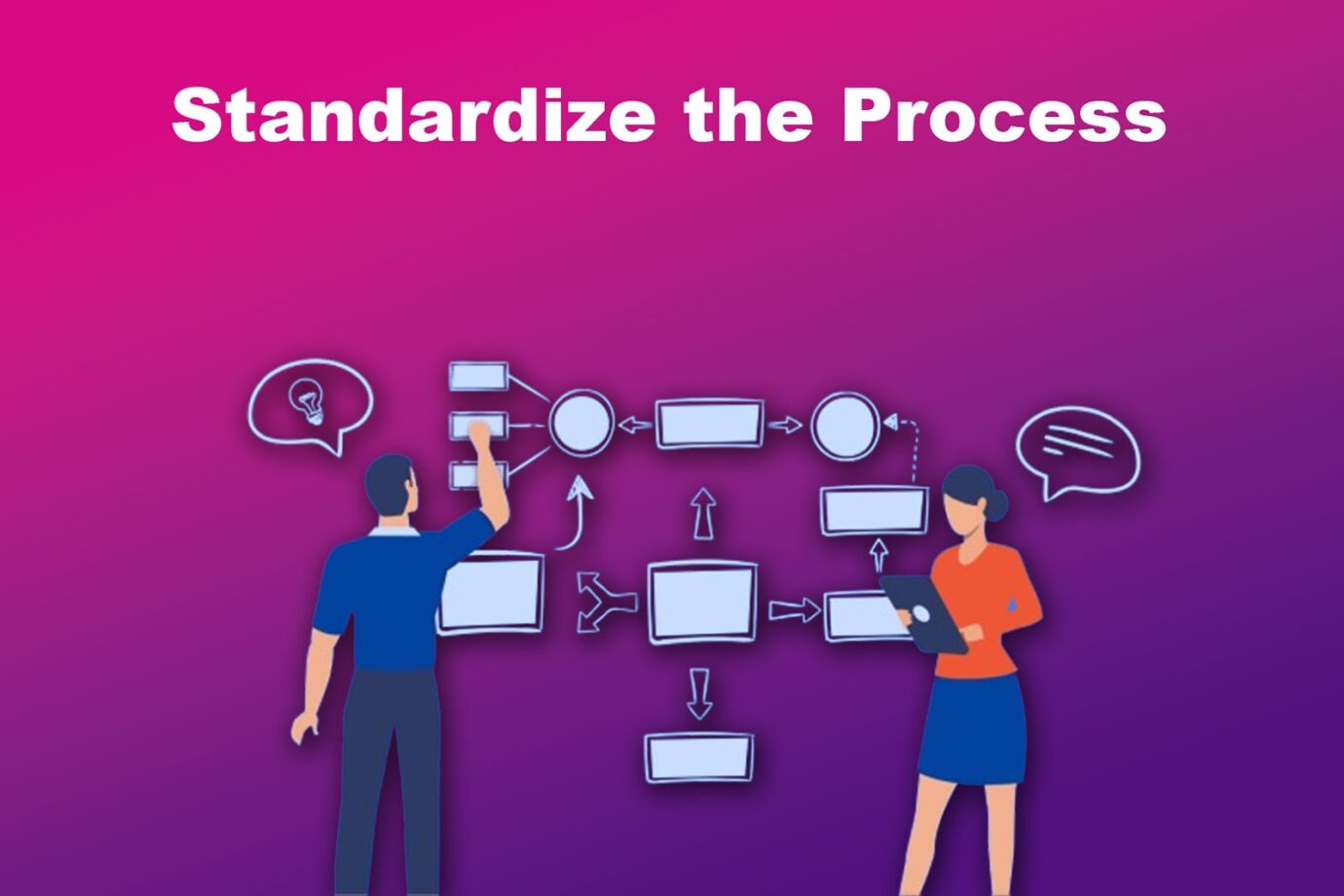
Now that you have identified the data to digitize, it’s time to standardize the digitization process. This lessens variations and decreases the risk of misalignment.
Standardizing ensures consistency, efficiency, and quality. It also makes training more accessible, enhances interoperability, helps with compliance, and supports scalability, providing a foundation for continuous improvement.
Tip: You can create business process diagrams in Visio.
Standardizing also helps in scaling your business operations.
Step 4: Integrate With Software and Tools
Carefully select tools and software to integrate with. Doing this will accelerate turnaround times, remove data duplicates, and eliminate handover waiting time. Ensure your data is safe, available, and preserved long-term by selecting the proper storage solutions, whether on-premises or cloud-based.
There are hundreds of software you can use to digitize business processes. For example, if you want to digitize customer service processes, you can try Zendesk or Help Scout.
Among the industries that adopted business process digitization is the healthcare industry. To achieve effective results, hiring a digital assistant is a must. Check out the reasons to hire a healthcare digital assistant and their responsibilities in this blog.
Step 5: Automate Processes
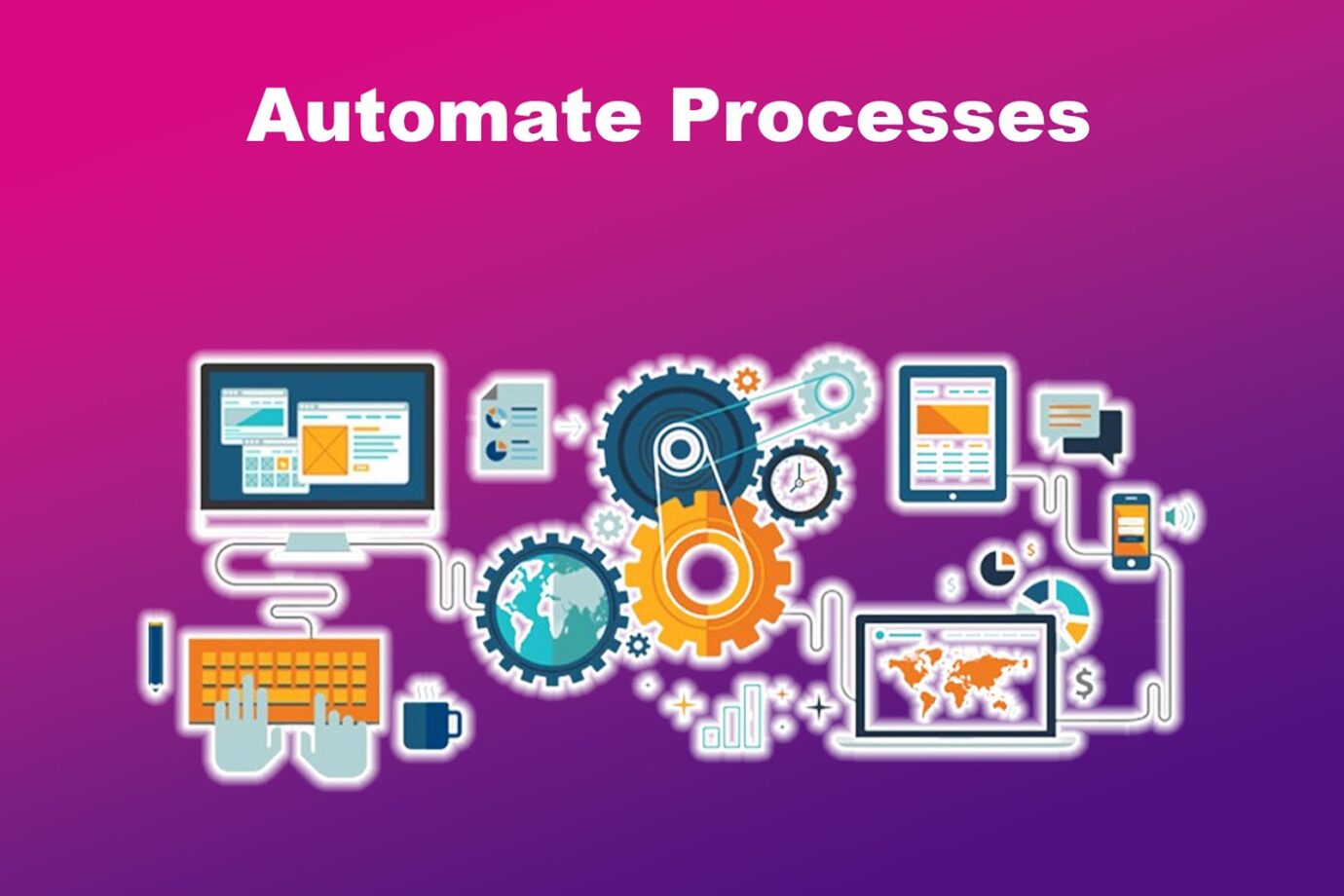
You can now automate business processes by using a standardized process and integration with specific tools and software. One effective way to safeguard sensitive data is to define access policies and permissions.
This allows for better control over who can access the data and under what conditions.
Remember, having one source of information can be risky. Ensure that only specific personnel can access highly confidential data.
Step 6: Train Your Employees and Handle Change Management
Train employees on the latest digital tools and processes to ensure they understand the benefits and are comfortable with the technology. Communicate the advantages of digitization, address concerns, and involve employees in the transition to overcome resistance to change.
This step can overlap with the initial stages as you undergo the process of business digitization.
Step 7: Monitor and Evaluate
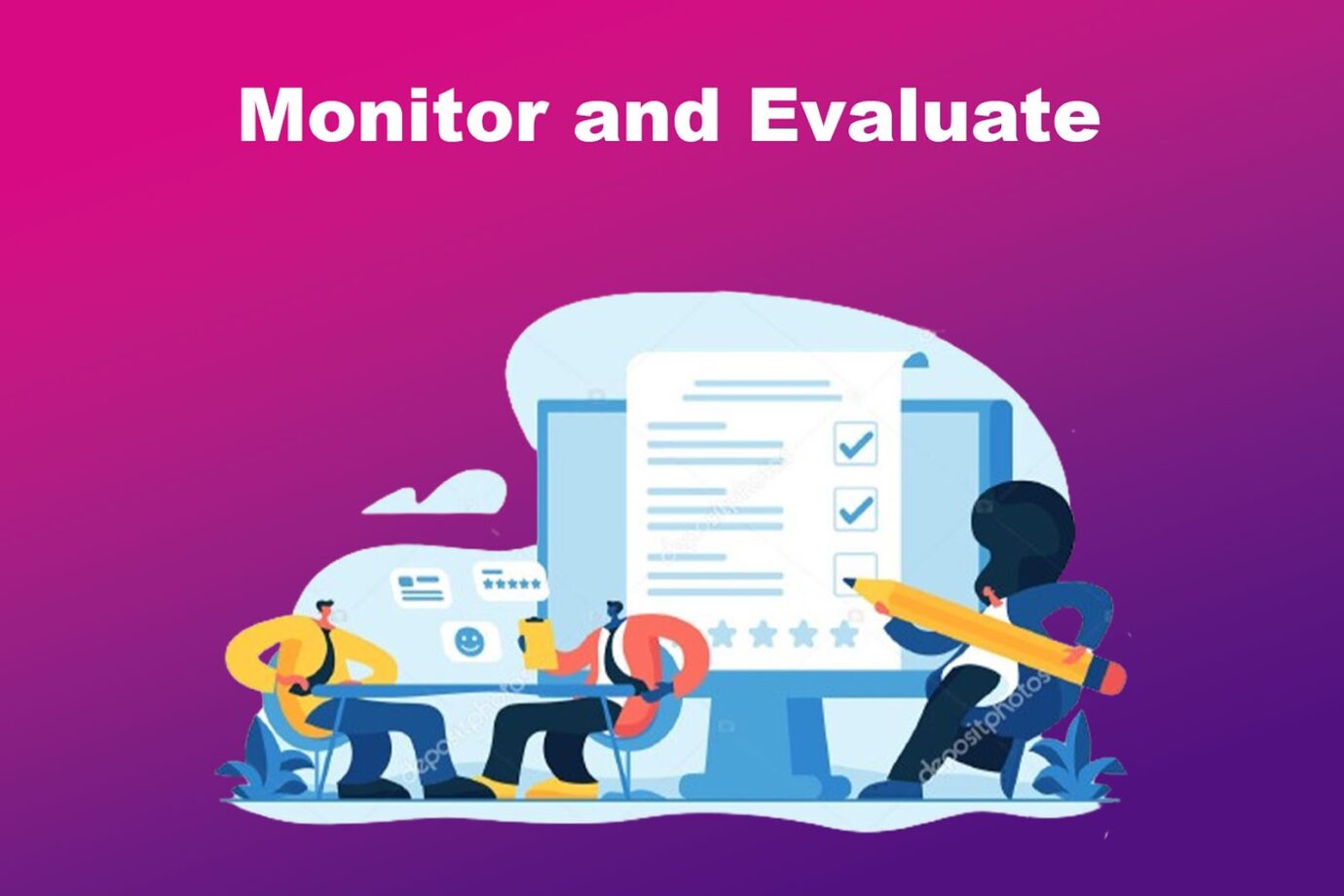
It’s essential to continuously monitor the digital collection for data corruption, broken links, and outdated formats. It is also crucial to keep the software and hardware up to date to ensure compatibility and security.
Collecting feedback from users and stakeholders is recommended to identify areas that need improvement or enhancement.
Digitization doesn’t stop with these steps. Based on your company’s direction, you can consistently innovate your processes.
Does your business still use manual data entry? Find out its benefits, disadvantages, and the steps to automate it here.
4 Stages of Digital Transformation
These are the four stages of digital transformation:
Stage 1. Planning the Digital Foundation
Establishing the foundation of your business’s digitalization is essential for a successful transformation. Ask the tough questions and plan your digital transformation accordingly.
Stage 2. Implementing Digital Culture and Employee Empowerment
Digital transformation is a process. Like most processes, it includes strategizing, adapting, and innovating. Build a digital culture and empower your employees in your digital journey.
Stage 3. Accelerating Business Process Automation
It is crucial to experiment, adjust, and overcome obstacles continuously to ensure the success of digital transformation.
Stage 4. Measuring and Managing Performance
For digital transformation to be successful, a group of people, including developers, entrepreneurs, and achievers, must accept the process. Continue measuring and managing the members’ performance for a successful transformation.
Related Post: 7 Effective Steps to Scale Your E-commerce Business
How Do You Know if You’re Digitizing Your Business Right?
You know you’re digitizing your business right if your digital process is in sync with your business objectives. Indicators of success include enhanced transparency of business operations and high satisfaction levels among employees and customers with the digital process.
Read about the four pillars of successful digital transformation in Harvard Business Review.
If your digital channels are not generating the desired results and your employees are departing due to unsuccessful digital transformation, it implies that your business is not being digitized quickly enough.
Digitize Business Processes Carefully
Business process digitization is an essential step towards achieving digital transformation, which is vital for businesses to remain competitive in today’s fast-paced environment.
By digitizing processes, companies can boost their progress, cut operational expenses, stay compliant, and embrace remote work.
However, carefully planning and executing these changes is crucial, considering cybersecurity risks, employee training, and resistance to change.
By adopting and effectively implementing a well-designed plan, companies can easily steer through the digital transformation process and enjoy the advantages of operating in a wholly digital environment.